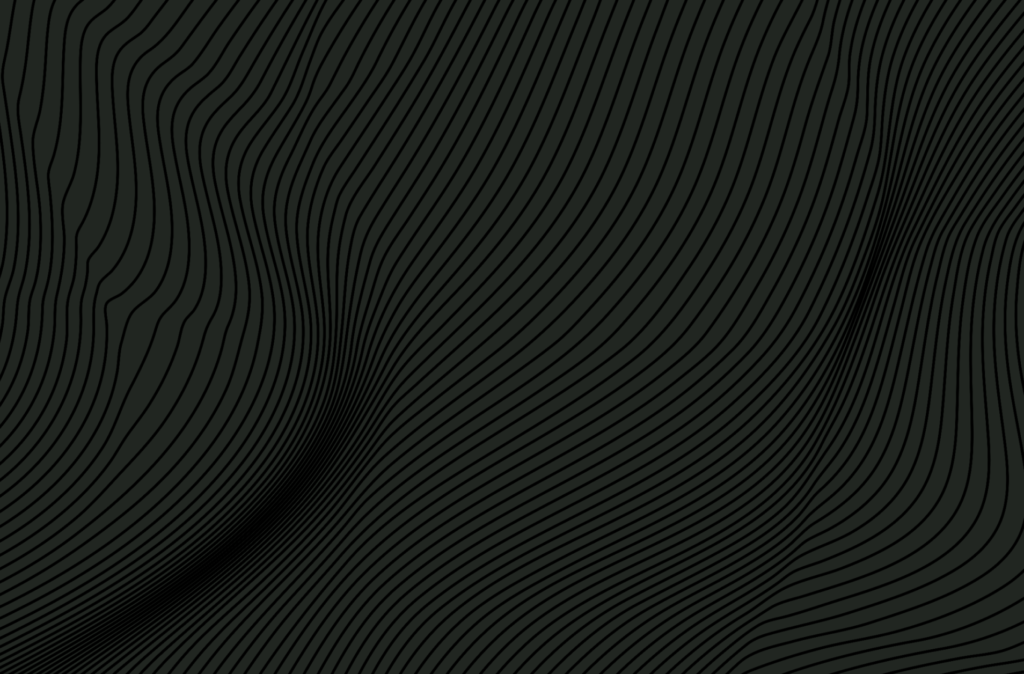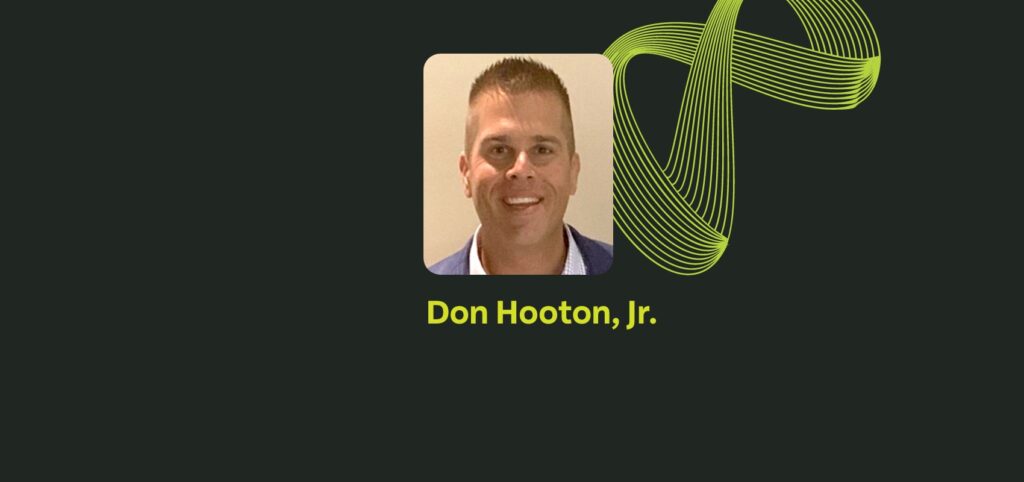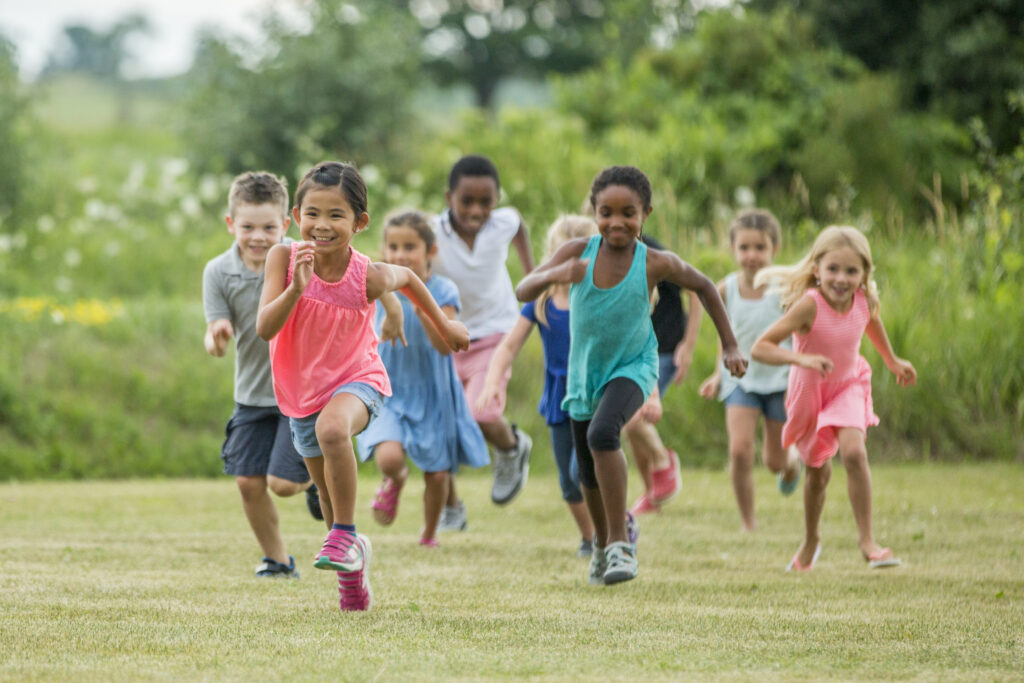Episode 28
Exercise can be life-changing for children with autism, but how do we ensure physical activity is engaging, effective, and inclusive? In this episode, we welcome David Geslak, BS, ACSM-EP, CSCS, Founder of Exercise Connection and a pioneer in fitness for individuals with autism. Drawing from years of hands-on experience and his groundbreaking system for teaching exercise, David shares valuable insights and strategies for helping children with autism thrive through physical activity.
We explore:
- The unique ways autism affects individuals and how exercise can help.
- How physical activity improves focus, social skills, and language development in children with autism.
- Strategies for parents and caregivers to make exercise enjoyable and accessible.
- The role of adaptive sports and how families can find inclusive programs.
- Practical tools like social stories and visual schedules to prepare children for physical activity.
- Insights into the ACSM Autism Exercise Specialist Certificate Course and its impact on professionals working with children with autism.
- Inspiring success stories of children and families benefiting from exercise interventions.
Whether you’re a parent, caregiver, or coach, this episode provides actionable tips and resources to foster fitness and fun for children with autism.
Tune in and learn how exercise can unlock potential and promote well-being for all!








